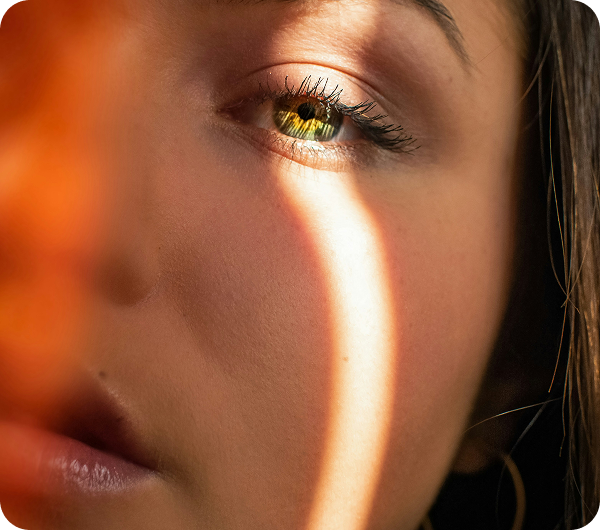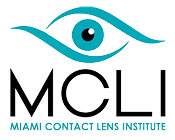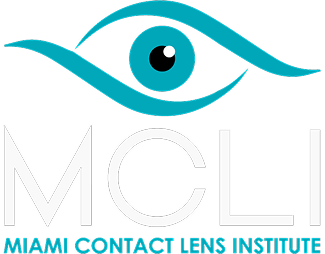
What are the Causes of Stevens-Johnson Syndrome (SJS)?
Not all causes of SJS are known. Sometimes, the condition can manifest itself due to an infection unrelated to ADR. Patients with certain conditions—such as HIV/AIDS and certain types of pneumonia—are at heightened risk of developing Stevens-Johnson Syndrome (SJS).
In most cases, SJS occurs as a negative reaction to medication. There is no one single medication that causes this condition. In fact, virtually any medication—including over-the- counter medications—can cause ADR conditions such as SJS. Certain drugs are more commonly linked to SJS than others, such as anti-convulsant medications (Carbamazepine and Lamotrigine) and antibiotics like penicillin. However, in most cases, the reaction has more to do with individual biology than it does with the drug.
Stevens-Johnson Syndrome (SJS) tends to be more common in children than in adults.

How to Treat Stevens-Johnson Syndrome (SJS)?
The first step to SJS treatment is diagnosis because it is vital to rule out other conditions that could be causing similar signs and symptoms. If your doctor determines you have SJS, he or she will ask you to discontinue use of any non-essential medications. If you are taking multiple medications, it can be difficult to isolate which one might be causing an ADR. As such, it is easier to cease all medications to stop complications.
Patients are often cared for by burn unit teams since SJS rashes and skin peeling symptoms strongly resemble severe burns. Due to the way the condition affects the body, treatment will usually involve consultations with experts in ophthalmology, dermatology and infectious diseases. Treatment itself includes skin care to sooth and disinfect wounds, eye care to prevent permanent tissue damage, and bodily fluid replacement.
Scleral lenses are among the most common eye treatments
for SJS. A scleral lens is a contact lens that sits on the sclera, or the white part of the eye. These lenses have a wider diameter and more surface area than the average contact lens. As such, they are ideal for protecting the cornea. They form a fluid- filled reservoir over the cornea that is extremely beneficial for patients suffering from dry eyes.
For SJS patients, scleral lenses have several advantages. Eye dryness is one symptom of SJS, which can make it painful or uncomfortable to blink. Scleral lenses help reduce irritation or pain and protect the cornea. Even if SJS patients aren’t dealing with dry eyes, scleral lenses can provide overnight protection that reduces corneal scarring and helps the eye heal.
Scleral lenses can help improve the vision through a cornea scarred from Stevens-Johnson Syndrome (SJS).



